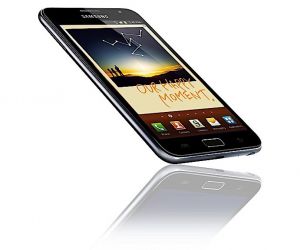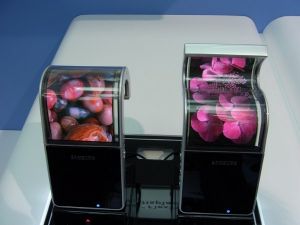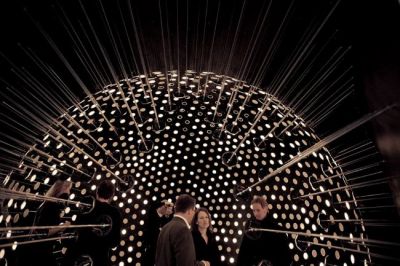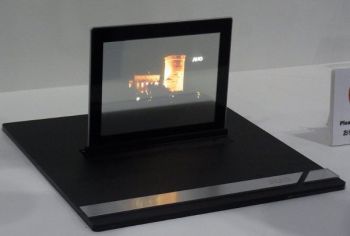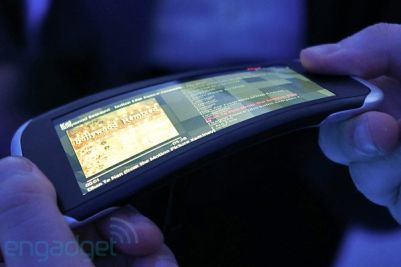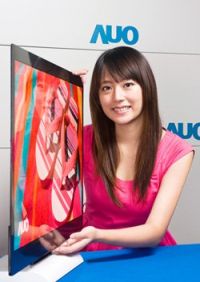Sumitomo to start producing high-performance P-OLED materials for OLED TVs in 2012
Update: we have some more information about this upcoming plant, read more here
Sumitomo Chemical have began construction of a PLED material factory in Osaka, Japan. The company says that this plant will start mass-production of high-performance P-OLED materials in 2012. Total investment will be a several billion yen (a billion yen is about $12 million).
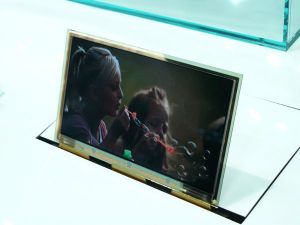 Sumitomo 6.5-inch AMOLED prototype
Sumitomo 6.5-inch AMOLED prototype
According to the report, these materials will be used for OLED TV production. Interestingly, back in 2009 Sumitomo said that 2012 will be the year when OLED TV finally takes off...


